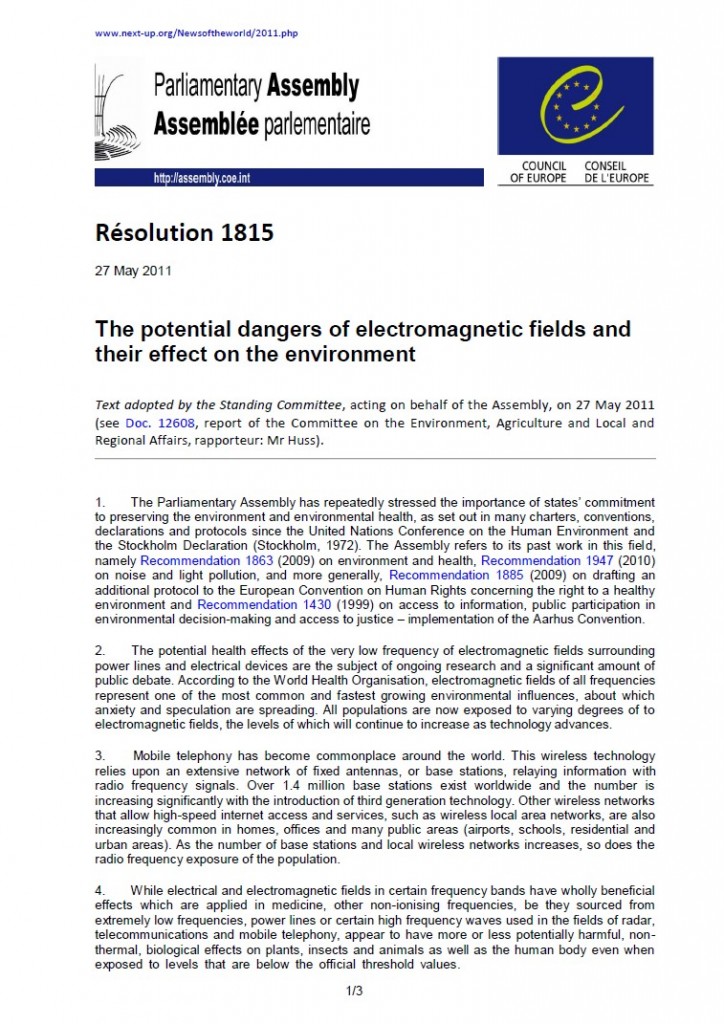Portada del sitio > Estudios Científicos > Cell phone use and behavioural problems in young children. Paper original (...)
J Epidemiol Community Health (2010)
Cell phone use and behavioural problems in young children. Paper original completo.
Jueves 9 de diciembre de 2010 · 990 lecturas
Cell phone use and behavioural problems in young children
Hozefa A Divan,1 Leeka Kheifets,2 Carsten Obel,3 J�rn Olsen2,3
1Division of Biostatistics,
Department of Preventive
Medicine, Keck School of
Medicine of the University of
Southern California, Los
Angeles, California, USA
2Department of Epidemiology,
School of Public Health,
University of California, Los
Angeles, California, USA
3Institute of Public Health,
University of Aarhus, Aarhus,
Denmark
ABSTRACT
Background Potential health effects of cell phone use in
children have not been adequately examined. As children
are using cell phones at earlier ages, research among
this group has been identified as the highest priority by
both national and international organisations. The authors
previously reported results from the Danish National Birth
Cohort (DNBC), which looked at prenatal and postnatal
exposure to cell phone use and behavioural problems at
age 7 years. Exposure to cell phones prenatally, and to
a lesser degree postnatally, was associated with more
behavioural difficulties. The original analysis included
nearly 13 000 children who reached age 7 years by
November 2006.
Methods To see if a larger, separate group of DNBC
children would produce similar results after considering
additional confounders, children of mothers who might
better represent current users of cell phones were
analysed. This �new’ dataset consisted of 28 745 children
with completed Age-7 Questionnaires to December 2008.
Results The highest OR for behavioural problems were
for children who had both prenatal and postnatal
exposure to cell phones compared with children not
exposed during either time period. The adjusted effect
estimate was 1.5 (95% CI 1.4 to 1.7).
Conclusions The findings of the previous publication
were replicated in this separate group of participants
demonstrating that cell phone use was associated with
behavioural problems at age 7 years in children, and this
association was not limited to early users of the
technology. Although weaker in the new dataset, even
with further control for an extended set of potential
confounders, the associations remained.
Ver el estudio original completo en pdf







